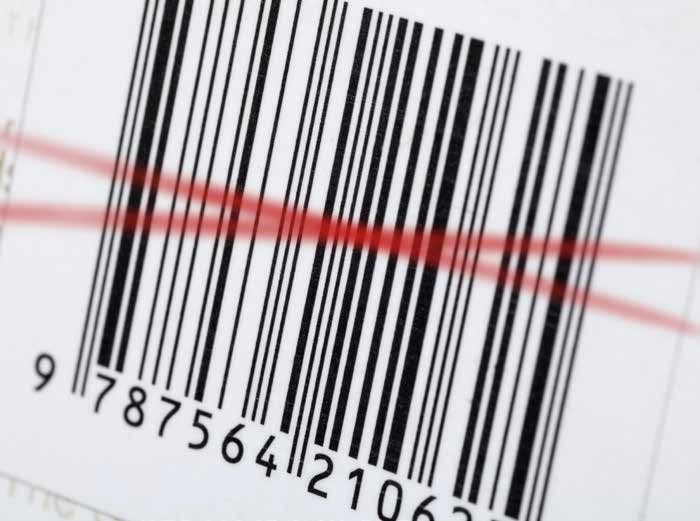GS1
GS1

Retail, online, foodservice or health? Global GS1 standards make it faster, cheaper and safer for you to serve your customers
In fact, by using our unique numbers to identify, capture and share information on any product, asset or location, our barcodes and innovative supporting technologies can make your life a whole lot simpler too.
Image quality issues and solutions
Decoding
A barcode failing to decode means that the image cannot be read or that the check digit in the barcode number is incorrect. Double check the check digit within your barcode and also that the correct barcode symbology was used to produce your image.
Failures in the scan may be caused by the print head but could also be affected by the edge contrast. This is the background colours in the image and, if your packaging is transparent, the product colour may be showing through.
One way to solve this would be to print a white underlay under your barcode image.
Another reason for a barcode failing to scan could be the spacing of your quiet zones (sometimes called light
margins) on the left or right hand sides. Appropriate quiet zones are needed as they let the scanner know when to start and stop scanning. Common causes for failing to meet the quiet zones specifications are printing text in the quiet zones, using over wrap to cover this area or placing the barcode too close to the edge of a product.
Decodability
This is the measurement of the bars and the spaces between them within the image – how close to perfect they are.
Decodability is the one verification parameter that is directly affected by the dimensional accuracy of the barcode, so ensuring your dimensions are correct is important.
Decodability can also be affected by poor edge quality on your bars (this can be caused by some of the coarser printing processes) or bar width gain caused by artwork being stretched or distorted. Try rotating your image to the
direction of print or improving print quality.
Defects
There are two types of printed defects – voids and spots:
• Voids are light areas within the bars
• Spots are dark areas in the spaces.
A scanner can read these defects as an additional bar or space within the symbol. Improving the quality of your
printing or using better quality materials can easily resolve any issues with defects.
Modulation grades
Modulation is the hardest verification parameter to understand and what affects it.
Scanners and verifiers read the narrow spaces to be less white than the wide spaces. Similarly, but to a lesser extent,
the narrow bars in a symbol look less black than the wide bars. This diminished intensity of narrow elements as
compared to that of wide elements causes a variation in the light reflected from the elements of the symbol – this is
known as modulation. The most likely reason for a low modulation grade is excessive gain or loss of bar width.
Ways to avoid modulation:
1. Increase the opacity of the white background so the thin spaces reflect more light to improve the minimum edgecontrast. This is also referred to as ‘substrate opacity,’ so changing the type of media used can improve this.
2. Increase the magnification factor (use a larger x-dimension) to widen all the spaces. Stretching or distorted images will affect the spaces on the barcode.
3. Increase the bar width reduction to produce wider spaces.
4. Rotate the barcode image so the bars are parallel to the direction of the printing. The below image is an example of printing with picket fence and ladder orientation. Printing in picket fence orientation means that the width of
the barcode can be no wider than the print head.
5. Reflectance profile The reflectance profile is (in simple terms) how shiny the material
your barcode image is printed on or the quality of the ink you are using. Scanners work by light being reflected – glossy materials can reflect too much light, meaning the scanner is unable to accurately decode the image. Try reducing the
gloss or using more matt materials.
